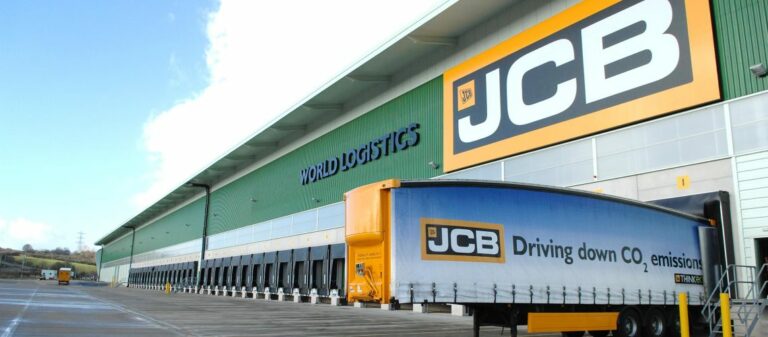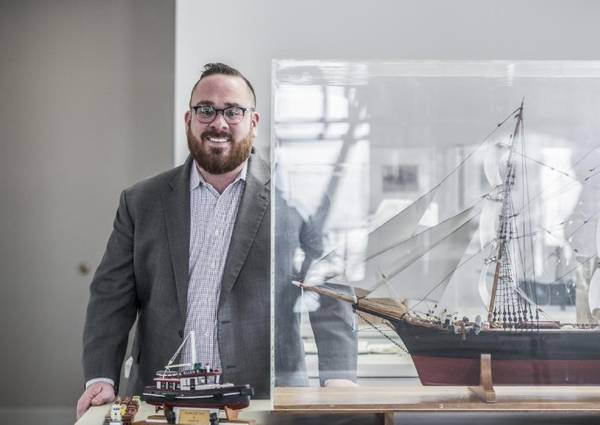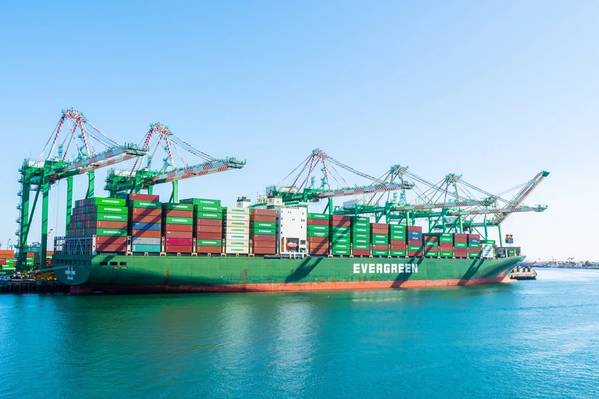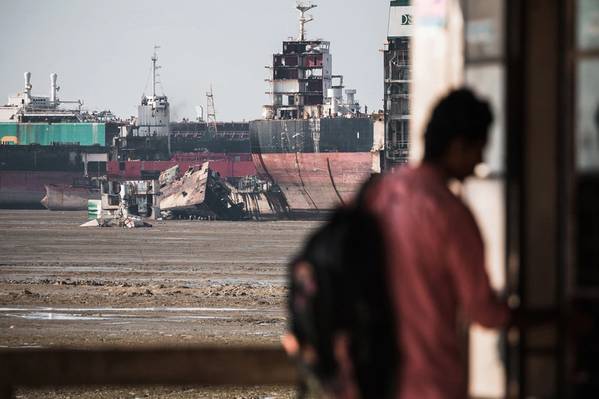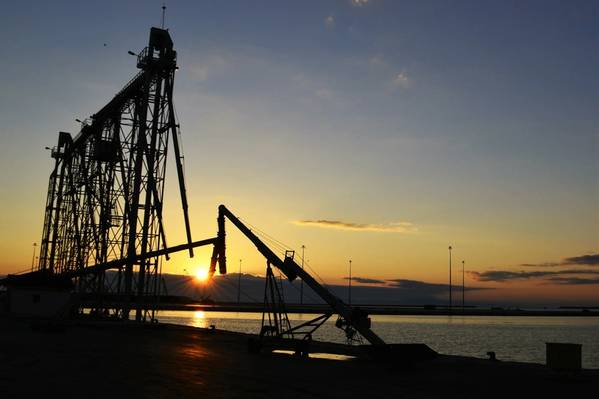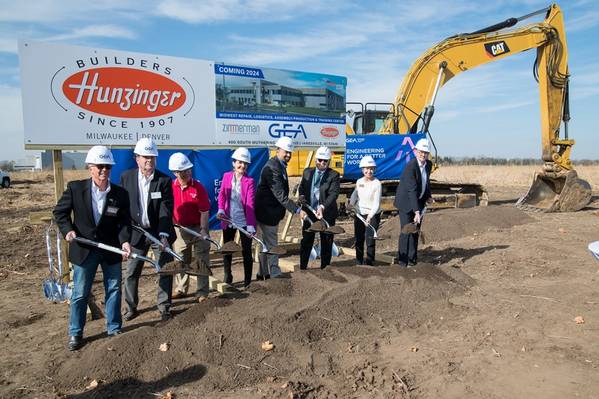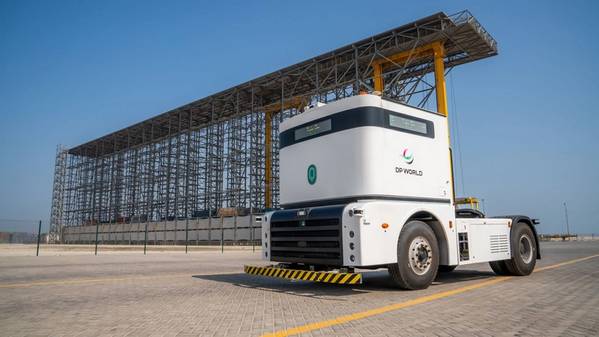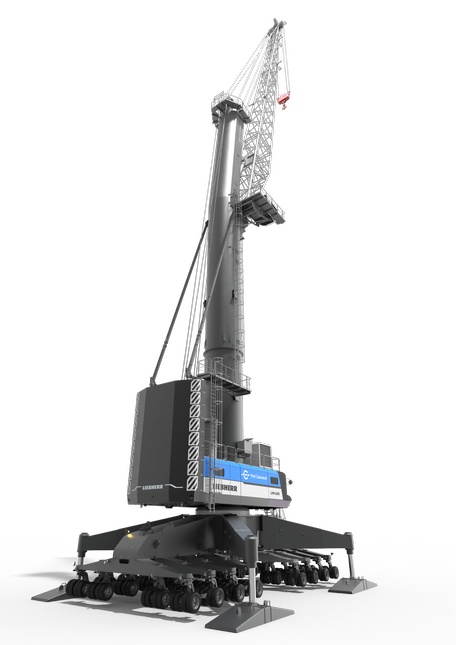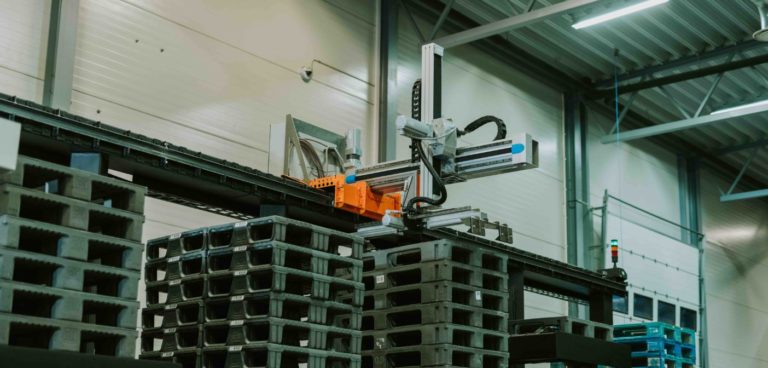Logistics firm Unipart has announced the successful win of a major contract with JCB, one of the world’s top three manufacturers of construction equipment. As part of the contract, Unipart will manage the manufacturing giant’s World Logistics warehouse in Staffordshire, its UK in-plant operations and additional off-site JCB UK warehouses and packer operations.
“Unipart is very pleased to be awarded this important contract to work in partnership with Maersk to deliver supply chain excellence across the globe to support JCB’s success and growth plans. Unipart’s heritage and expertise across manufacturing and production supply chains, combined with our innovation and our proprietary system for continuous improvement, The Unipart Way, will enable us to drive and deliver sustainability targets across JCB’s UK operations,” said Ian Truesdale, Unipart Logistics Managing Director.
“The cultural alignment shared by our companies, our approach to employee engagement, and Unipart’s strong reputation for providing learning and development opportunities for colleagues will further enable us to optimise the UK operations for JCB and its customers.”
As part of the five-year deal the logistics firm will collaborate with Maersk, which has been recently appointed lead logistics provider for JCB’s global supply chain. Maersk will be responsible for managing the Unipart operations in the UK. Moreover, the logistics firm will also operate a 30-vehicle transport fleet, and oversee the implementation of a new warehouse management system.
“JCB’s business is going through a period of unprecedented growth around the world and as we grow, keeping production lines supplied with parts and components on a just-in-time basis is imperative. The appointment of Maersk Logistics as JCB’s global lead logistics provider, along with Unipart Logistics, will bring about a transformation in our global supply chain operations and support our manufacturing growth plans,” commented Mark Turner, Chief Operating Officer at JCB.
More than 400 employees will transfer to Unipart Logistics when the contract starts in early 2023.
“Unipart and JCB are iconic, world-class British companies, and we are very pleased to be working together to support JCB’s global logistics capability and their drive for growth,” concluded Unipart Chairman and Group Chief Executive John Neill.


